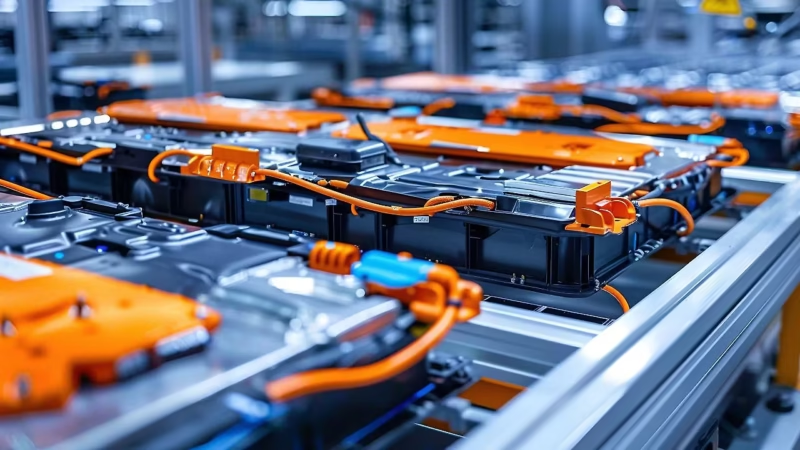In Short : Due to the growing use of retired EV batteries for energy storage, which supports the energy transition, promotes renewable energy, and advances a circular green economy, the market for second-life EV batteries is expanding quickly.
Market Trends and Forecasts
At a compound annual growth rate (CAGR) of 25.6%, the global market value is projected to increase from US$1.60 billion in 2025 to around US$12.42 billion by 2034.
The expanding supply of retired Li-ion batteries and the need for stationary energy storage applications are expected to propel the second-life EV battery market to reach US$4.2 billion by 2035, according to a 10-year prediction.
An estimated 250–300 GWh of retired battery capacity suitable for second-life applications will be generated by the worldwide EV fleet, which is expected to surpass 33–35 million vehicles annually by 2030.
Impact on Clean Energy and the Circular Economy:
These batteries, which frequently maintain 70–80% of their capacity, are used again to power EV charging infrastructure, peak shaving, grid-scale energy storage, and renewable integration, filling gaps in the energy transition.
A 12 MW/63 MWh system supporting AI data centers is one of the first large-scale second-life deployments being pioneered in North America by businesses like Redwood Materials, showcasing strong synergies with the clean energy and green jobs ecosystem.
Through initiatives that combine the reuse of second-life batteries with renewable energy systems, as well as through regulation tools like the Battery Waste Management Rules, 2022, and investments in community energy storage from retired EV packs, India is stepping up its efforts.

Why It Matters
The sustainability roadmap is being rewritten by second-life EV batteries:
They increase resource efficiency in the green economy by optimizing lifespan value and decreasing dependency on raw materials.
Scalable and economical renewable energy storage is made possible by these batteries, which also improve grid stability.
The market boom boosts employment in clean technology, encourages recycling and diagnostics innovation, and strengthens policy leadership in international marketplaces.




